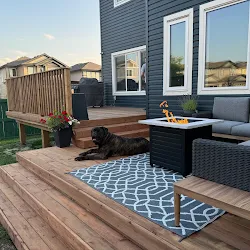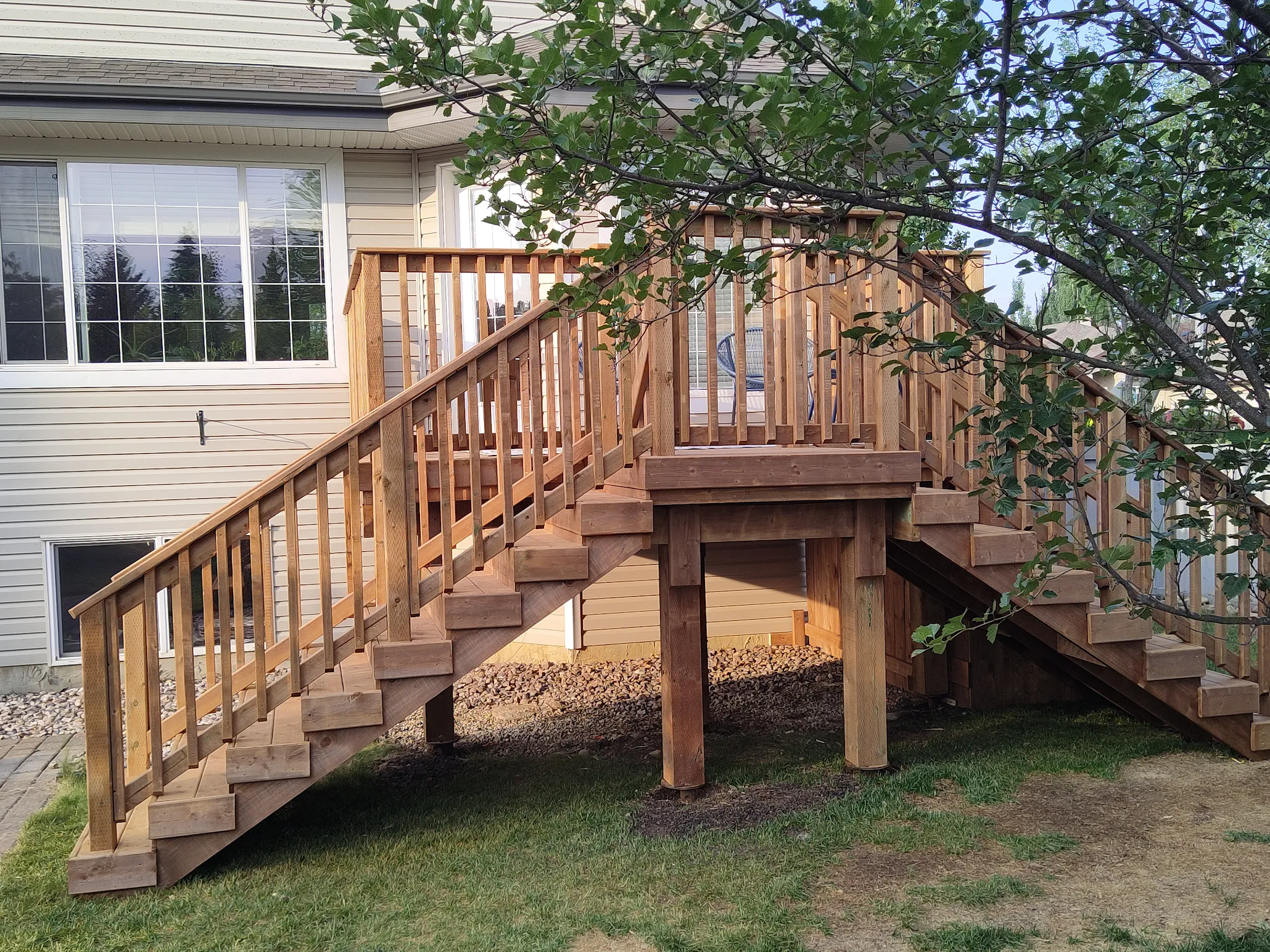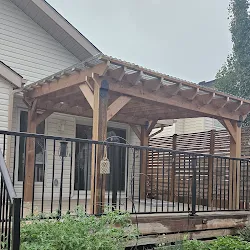When it comes to choosing materials for your deck, cedar and pressure treated lumber are two popular options that offer distinct advantages. Understanding the benefits of each can help you make an informed decision that suits your needs and preferences.
Cedar Decks:
- Natural Beauty: Cedar boasts a rich, warm appearance with attractive grain patterns, making it a popular choice for homeowners seeking a natural aesthetic for their outdoor spaces.
- Durability: Cedar is naturally resistant to rot, decay, and insect infestation due to its inherent oils and preservatives. This natural durability means cedar decks can withstand the elements and last for many years with proper maintenance.
- Stability: Cedar has excellent dimensional stability, meaning it is less likely to warp, twist, or shrink compared to other types of wood. This stability contributes to a more structurally sound and long-lasting deck.
- Sustainability: Cedar is a renewable resource that is harvested from sustainably managed forests. Choosing cedar for your deck supports responsible forestry practices and environmental conservation efforts.
- Aromatic Properties: Cedar wood emits a pleasant aroma that can help deter insects, adding an additional layer of natural pest control to your outdoor living space.
- Ease of Maintenance: Cedar decks require minimal maintenance compared to other materials. Periodic cleaning and sealing can help preserve its natural beauty and extend its lifespan.
Pressure Treated Decks:
- Cost-Effectiveness: Pressure treated lumber is generally more budget-friendly than cedar and many other decking materials, making it an attractive option for homeowners looking to build a deck without breaking the bank.
- Resistance to Decay and Insects: Pressure treated lumber undergoes a treatment process that enhances its resistance to rot, decay, and insect damage, increasing its longevity and durability, especially in outdoor environments.
- Availability: Pressure treated lumber is widely available at most lumberyards and home improvement stores, making it easy to source for deck construction projects.
- Versatility: Pressure treated lumber can be easily cut, shaped, and installed, allowing for a wide range of design possibilities and customization options for your deck.
- Stainability: Pressure treated lumber can be stained or painted to achieve the desired look, whether you prefer a natural wood finish or a customized color scheme to complement your outdoor space.
- Strength: Pressure treated lumber is known for its strength and structural integrity, making it suitable for supporting heavy loads and withstanding the rigors of outdoor use.
Conclusion:
Both cedar and pressure treated lumber offer unique benefits for deck construction, catering to different preferences, budgets, and project requirements. Whether you prioritize natural beauty, durability, cost-effectiveness, or ease of maintenance, carefully considering the advantages of each material can help you create a beautiful and functional outdoor living space that enhances your home and lifestyle.



